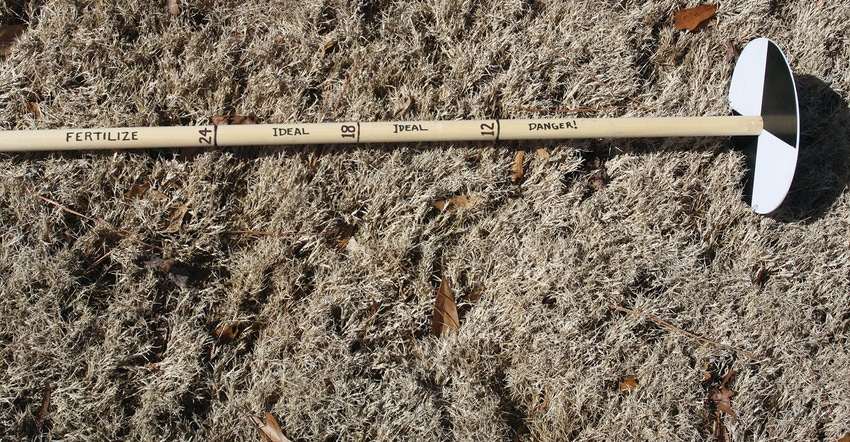November 2, 2018

If you own one of the 160,000 ponds in Mississippi, chances are you have invested tremendous amounts of cash and time in this resource. Building a pond can cost tens of thousands of dollars, and fish stocking, liming, fertilization and weed control are not cheap either.
However, there are inexpensive but invaluable management tools that pond owners often overlook. Two tools that can greatly improve your pond management are a Secchi disk and an alkalinity test kit.
A Secchi disk is useful for measuring how deeply you can see into the water, which is a measure of when a pond needs fertilizer. The tool is simply a weighted, circular disk painted with alternating white and black quadrants. It is usually about 8 inches in diameter.
To operate the disk, mount it on a line or pole and lower it vertically into the water until you can no longer see the disk. Then raise the disk until it becomes visible again. The depth at which it disappears and reappears is the “Secchi depth” or water transparency.
You can use a 1-inch-diameter, 3-foot-long wooden dowel to make a pole for use with the disk. Use a permanent marker to mark the dowel at 12 inches, 18 inches and 24 inches from the disk.
If you can see less than 12 inches, your water is too green and you need to stop fertilizing and keep an eye out for signs of low oxygen. The ideal water transparency is about 18 inches. If you can see more than 24 inches into the pond, you do not have enough phytoplankton, and it is time to add more fertilizer.
Next, no pond toolkit is complete without an alkalinity test kit. Alkalinity is a measure of dissolved compounds in the water. As water encounters rocks, it dissolves them. These chemicals enter the water and are important for all aquatic life, especially fish.
Contrary to popular belief, fish do not like pure water. Fish have salts and other compounds in their blood. If the external environment is too different from their internal environment, fish have to fight continuously to keep salts from diffusing out and water from entering and swelling their cells.
In addition, alkalinity serves to buffer pH, preventing wide swings in pH that are harmful to fish. Fish kills that occur during winter and early spring in Mississippi are usually due to low water alkalinity. Even when fish survive these conditions, they tend to grow slowly.
It is a good idea to test alkalinity annually to see if you need to take a management action such as adding crushed agricultural limestone to improve water chemistry. The test kit made by LaMotte is one of the easiest to use and interpret.
These two tools can cost no more than $50 to $100 but are worth their weight in gold if you are seriously managing your pond. Consider updating your pond toolbox today.
About the Author(s)
You May Also Like






